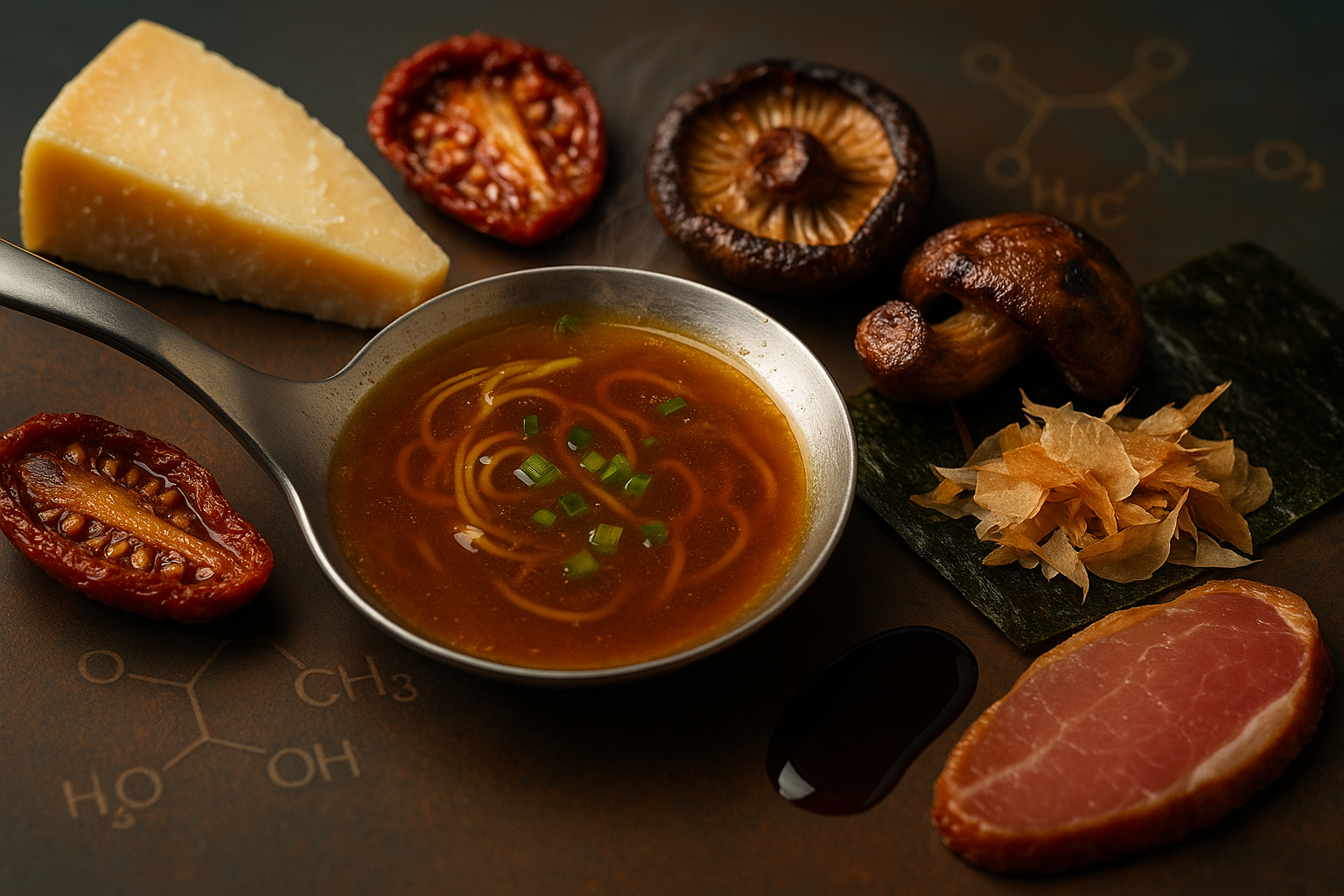Trending searches
Trending searches

Hydrocolloid: Gellan Gum
SUBSCRIBE TO OUR BLOG
Promotions, new products, and recipes.
Gellan Gum: The Microbial Marvel in Modern Gastronomy
Gellan Gum, a polysaccharide produced by the bacterium Sphingomonas elodea, has carved a niche for itself in the food industry due to its unique gelling, stabilizing, and texturizing properties. But what's the scientific foundation behind this hydrocolloid's behavior, and how has it been seamlessly integrated into contemporary culinary applications?
Historical Context
Gellan Gum was discovered in the late 1970s during a quest for new microbial polysaccharides. Its unique gelling properties quickly made it a sought-after ingredient in various industries1.
The Molecular Science of Gellan Gum
Gellan Gum is a linear polysaccharide consisting of repeating units of glucose, glucuronic acid, and rhamnose2. Depending on the presence of specific cations, it can form either soft, elastic gels or firm, brittle gels.
Production and Refinement
Gellan Gum is produced through fermentation using Sphingomonas elodea. Post-fermentation, the broth undergoes a recovery process involving precipitation, drying, and milling to yield the final gellan gum product3.
A Multifaceted Ingredient
Gellan Gum's versatility is evident in its diverse applications:
-
Food Industry: Used as a gelling agent in desserts, stabilizer in beverages, and texturizer in various food products4.
-
Pharmaceuticals: Incorporated as a gelling agent in drug delivery systems5.
-
Cosmetics: Employed for its rheological properties in formulations6.
Gellan Gum in Culinary Creations - Proportions
Gellan Gum's culinary proportions are influenced by its potent gelling capabilities:
-
Desserts (like Jellies or Panna Cotta):
- Proportion: 0.1% to 0.8% of the total weight7.
- Purpose: Provides a unique texture and mouthfeel.
-
Beverages (like Plant-Based Milks):
- Proportion: 0.02% to 0.1% of the total weight8.
- Purpose: Acts as a stabilizer and prevents phase separation.
-
Sauces and Dressings:
- Proportion: 0.1% to 0.5% of the total weight9.
- Purpose: Offers a smooth, consistent texture.
Conclusion
Gellan Gum, with its distinctive molecular properties and wide-ranging applications, continues to be a valuable ingredient in modern gastronomy. Its role across various industries, especially in the culinary world, underscores its adaptability and importance. As the nexus between culinary arts and food science deepens, Gellan Gum's prominence is poised to grow.
For Further reading: Guar Gum
References:
Footnotes
-
Sandford, P.A. "Gellan Gum." Handbook of Hydrocolloids, 2009. ↩
-
BeMiller, J.N. "Carbohydrate Chemistry for Food Scientists." AACC International Press, 2019. ↩
-
Fialho, M.B., & Tavaria, F.K. "Gellan Gum: A New Member in the Microbial Polysaccharides Family." Current Research, Technology and Education Topics in Applied Microbiology and Microbial Biotechnology, 2010. ↩
-
Imeson, A. "Food Stabilisers, Thickeners and Gelling Agents." Wiley-Blackwell, 2009. ↩
-
Sriamornsak, P. "Chemistry of Pectin and its Pharmaceutical Uses: A Review." Silpakorn University International Journal, 2003. ↩
-
Schramm, L.L. "Encyclopedia of Emulsion Technology." Marcel Dekker, 1983. ↩
-
Williams, P.A., & Phillips, G.O. "Gum Technology in the Food Industry." Academic Press, 2016. ↩
-
Guarda, A., et al. "Different hydrocolloids as bread improvers and antistaling agents." Food Hydrocolloids, 2004. ↩
-
Ashurst, P.R. "Chemistry and Technology of Soft Drinks and Fruit Juices." Wiley-Blackwell, 2016.


|
About the Author Ed is the founder of Cape Crystal Brands, editor of the Beginner’s Guide to Hydrocolloids, and a passionate advocate for making food science accessible to all. Discover premium ingredients, expert resources, and free formulation tools at capecrystalbrands.com/tools. — Ed |
Related Posts

The Science of Umami: The Fifth Taste That Changed How We Eat

Cape Crystal Brands Featured in Fox News Digital and the New York Post

The Hidden Chemistry of Everyday Foods: The Story of Emulsifiers
Enjoyed this post? Subscribe to The Crystal Scoop
Food-science tips, ingredient know-how, and recipes. No spam—unsubscribe anytime.
- Choosing a selection results in a full page refresh.
POLICY PAGES
QUICK LINKS
Guar Gum
Cape Crystal Brands, 18 Bank St., Suite 1, Summit NJ 07901.
- Phone: +1 908-273-5600
- Email: info@capecrystalbrands.com
- Tax ID: 26-2477626000
- FDA Facility Registration # 16980627550
- Kosher Certified: OKosher.org
Country/region
© 2025, Cape Crystal Brands | Sitemap
